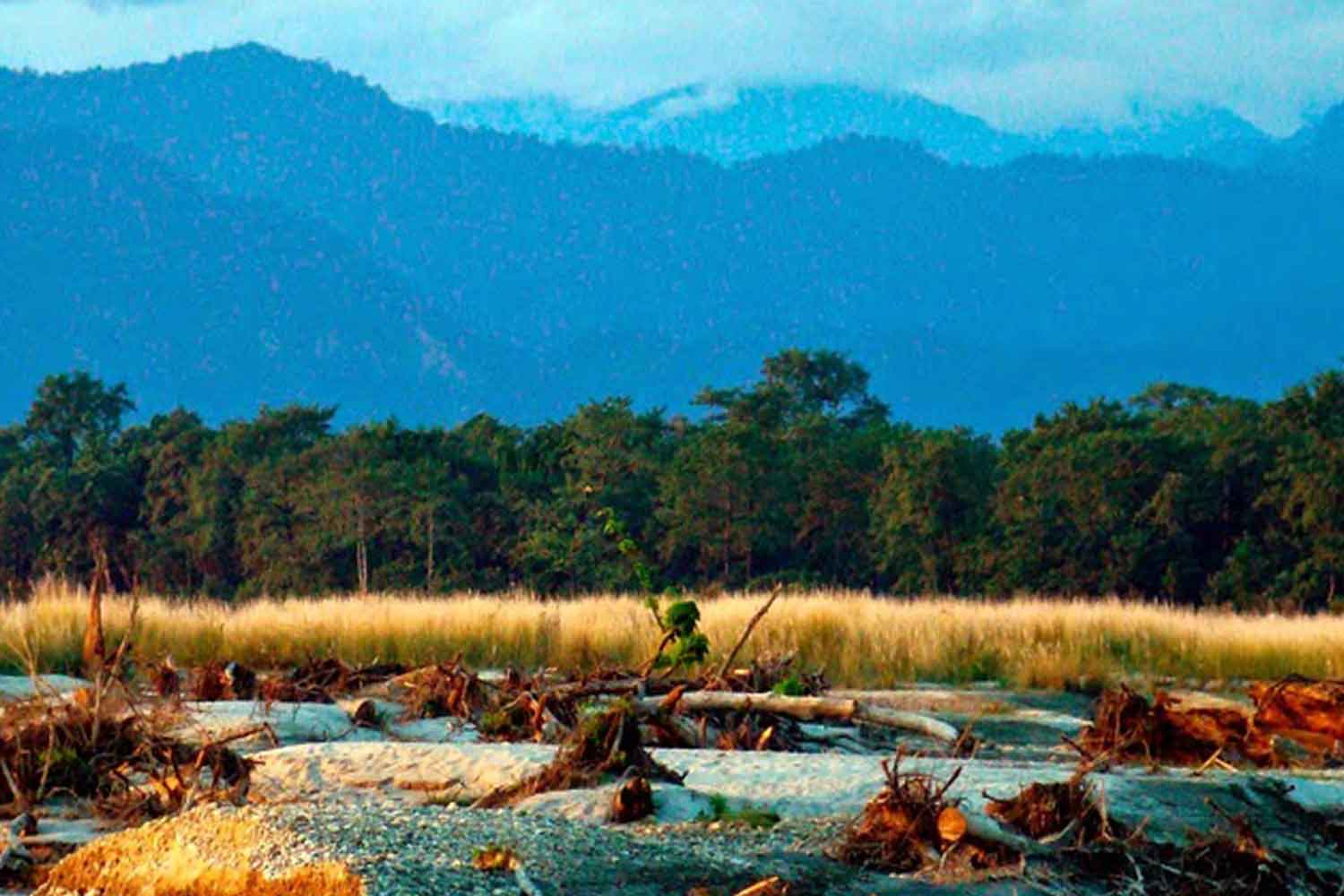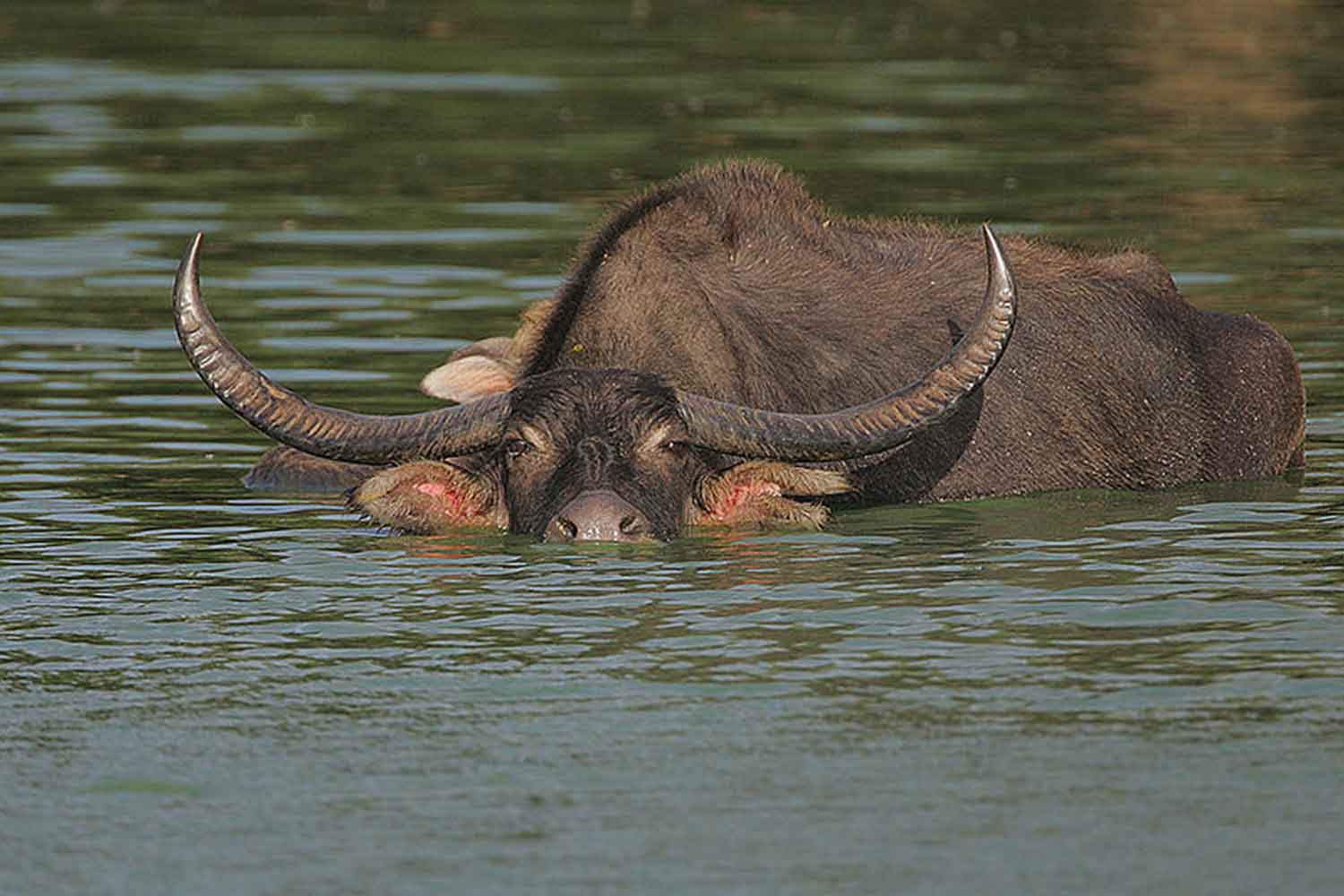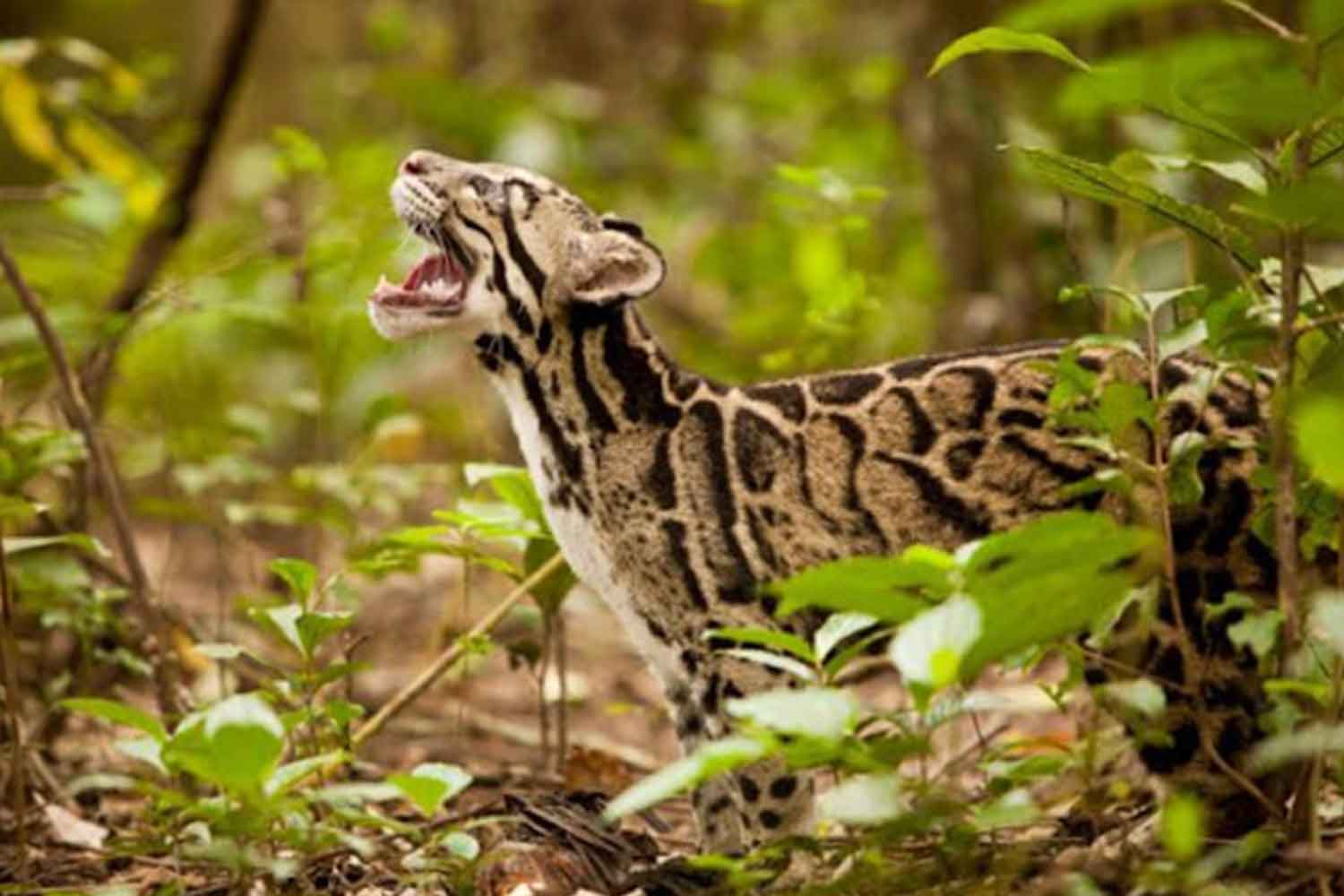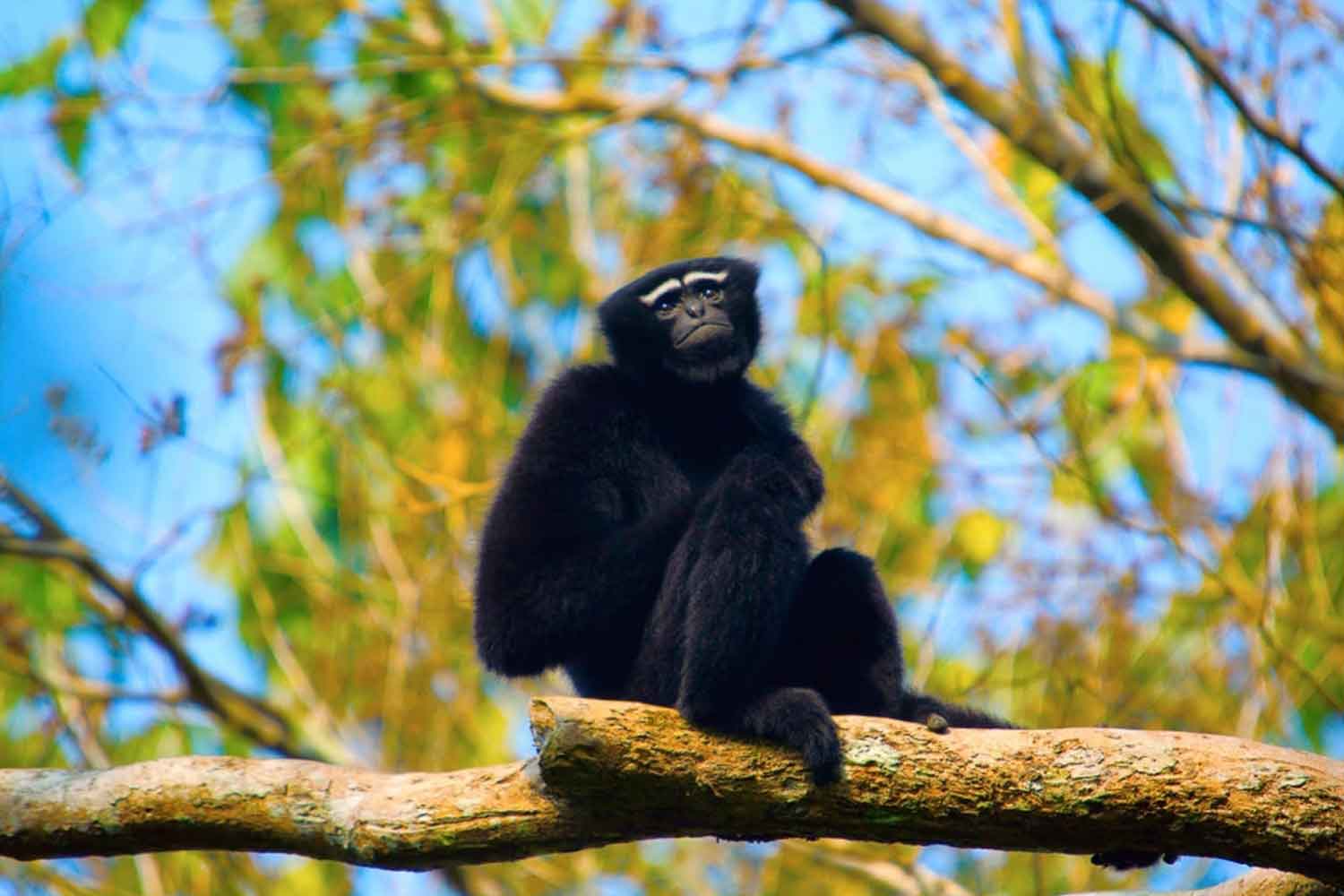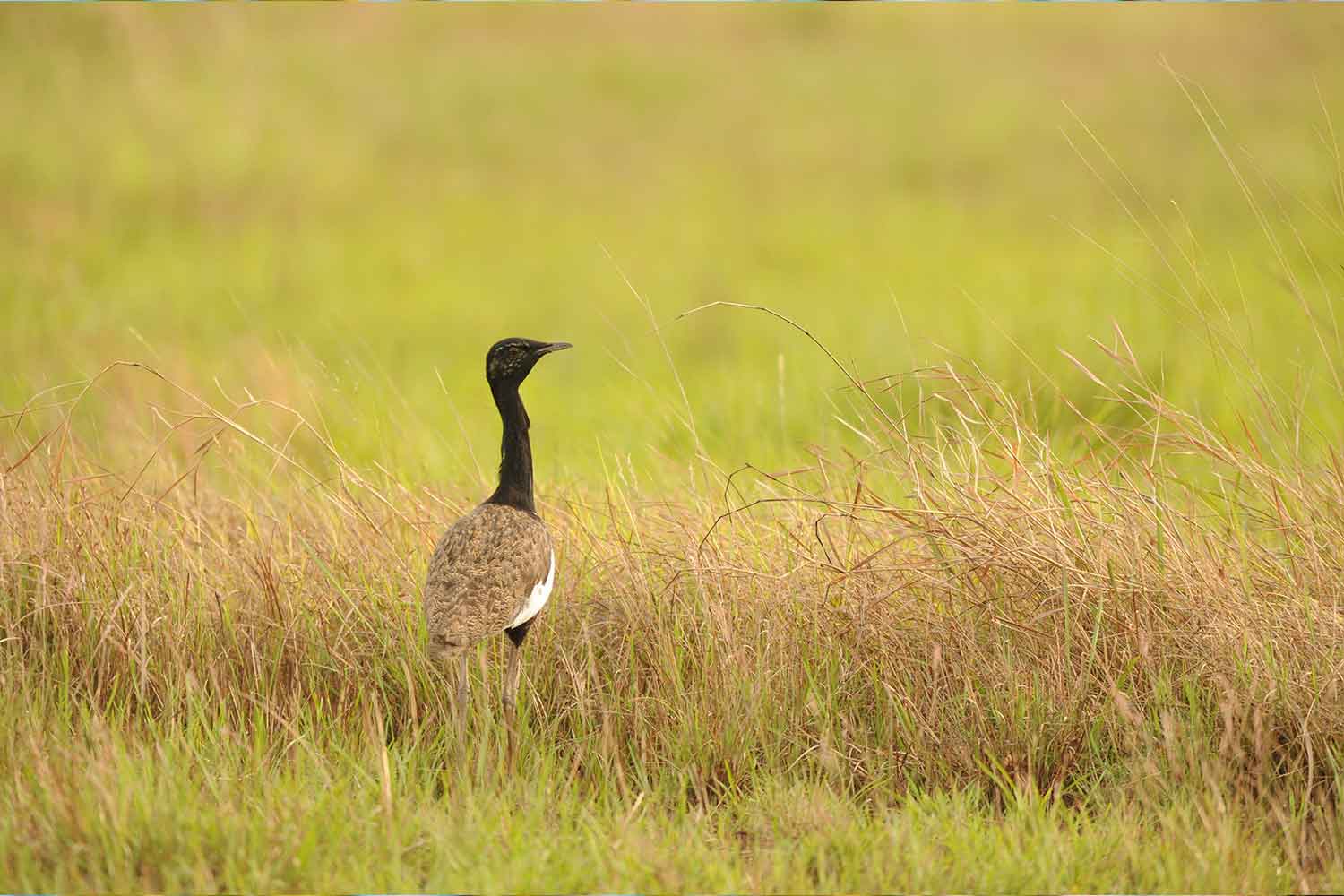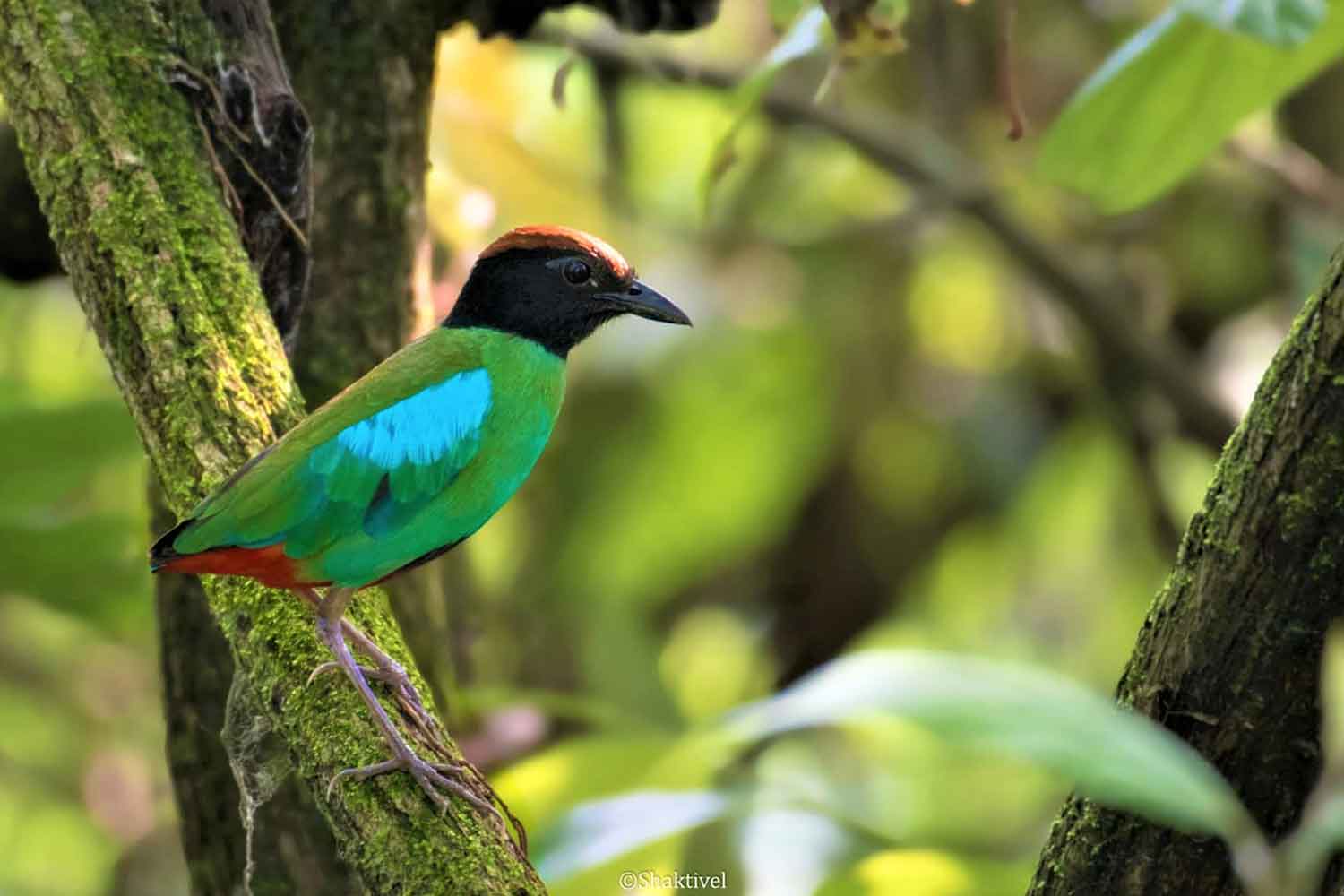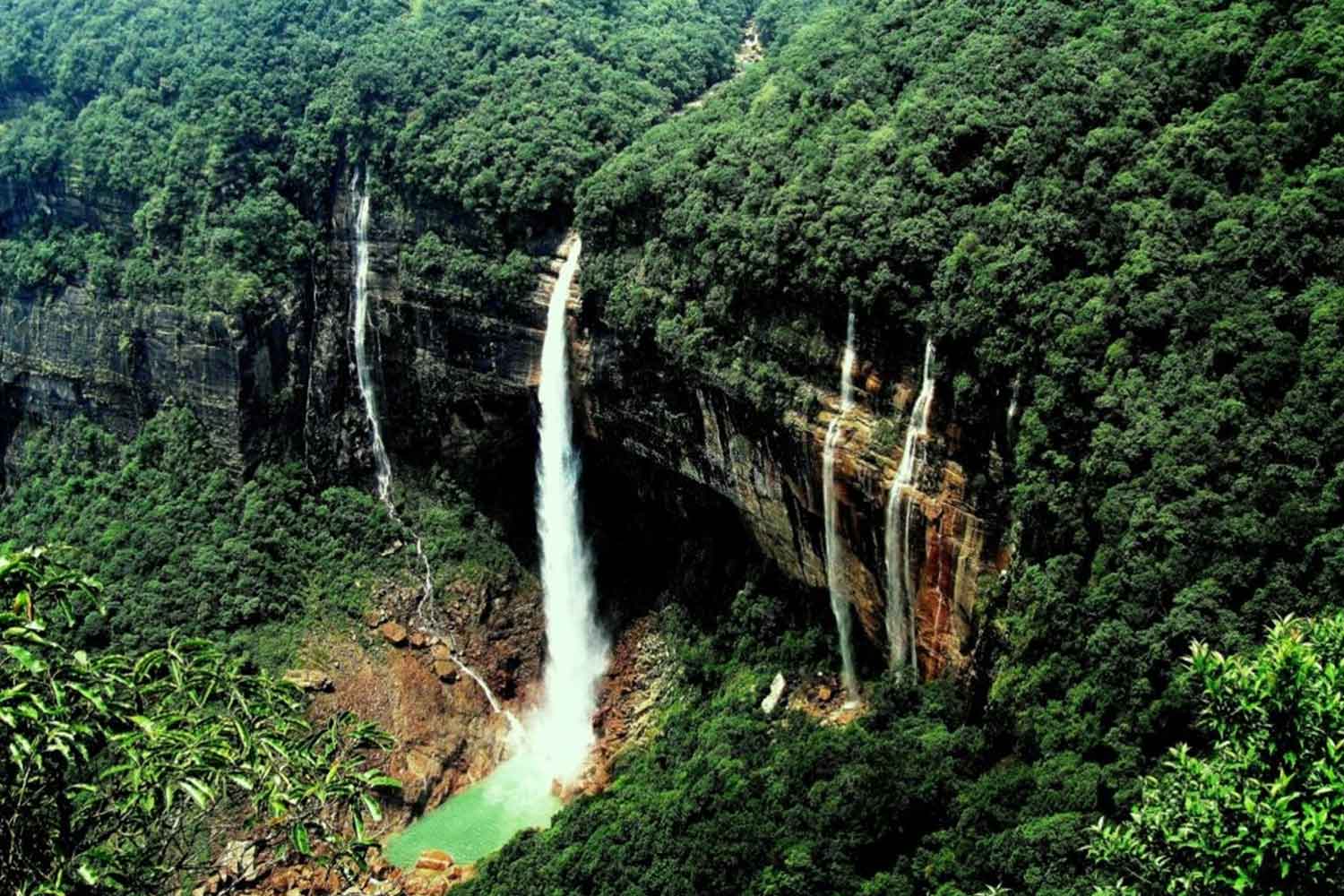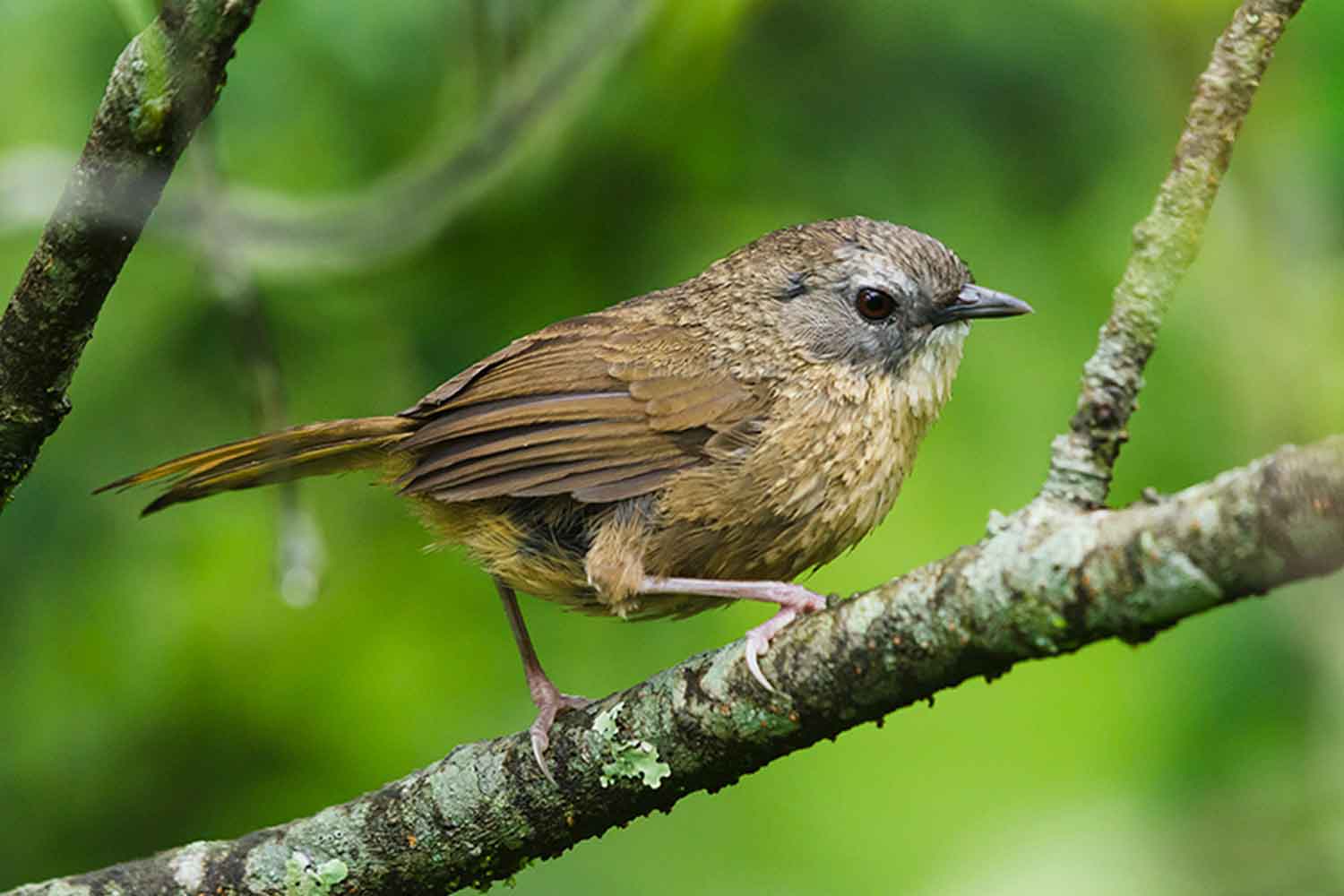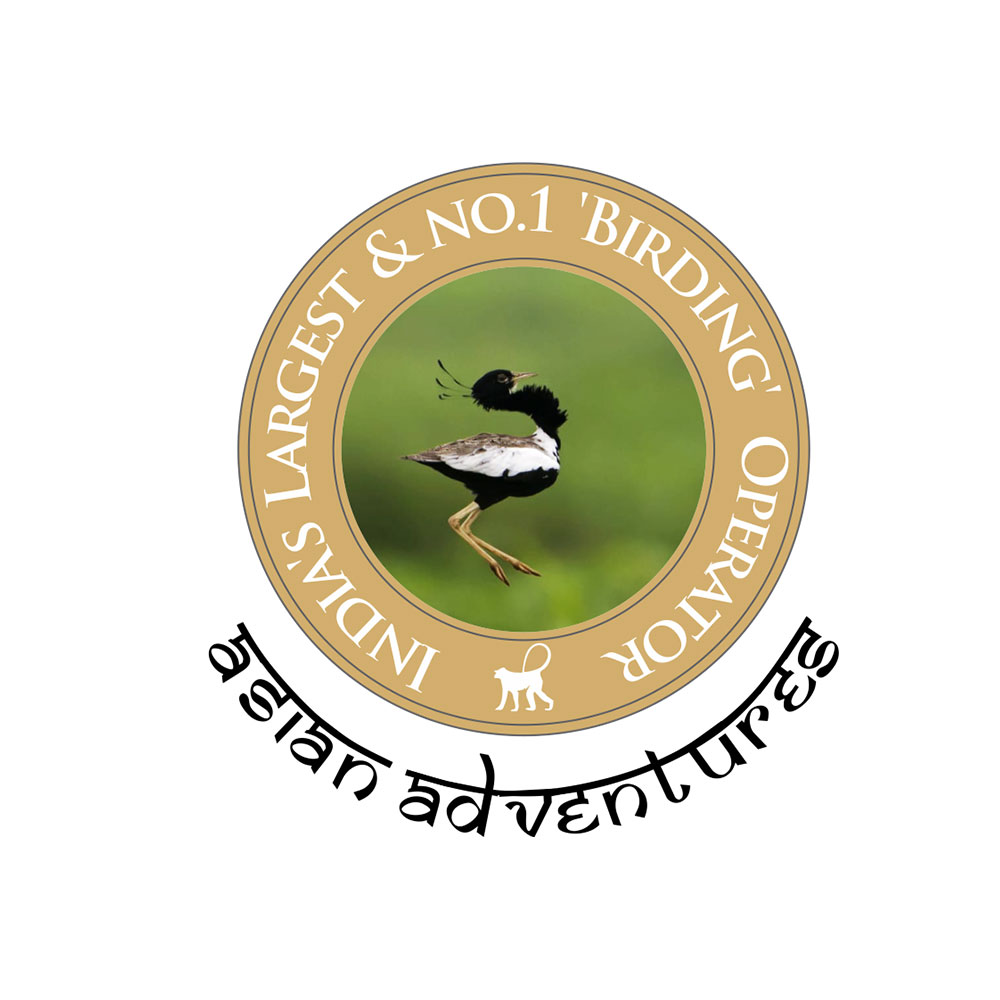Overview
Located in the Himalayan foothills of the northeast Indian state of Assam, Manas National Park was first established as a wildlife sanctuary in 1928.
The National Park comprises two main habitat types: grassland and forest, both of which are home to some rare animals and birds that are best seen here, including the ‘Big Four of Manas’–the Bengal Florican, the Clouded Leopard, the One-horned Rhinoceros, and the Water Buffalo.
Apart from these four-star species of the park, Manas is also home to many other animals like Tiger, Leopard, Asian Elephant, Capped Langur, Assamese Macaque, Slow Loris, Hoolock Gibbon, and many more.
Manas is also a haven for birdwatchers. The main attraction for birdwatchers is the Bengal Florican, which can be seen in the grassland areas of the park. It is also a great place to see the Great Hornbill. The National Park lists around 380 bird species and the adjoining hilly terrain in Bhutan can easily add a hundred more species to that list. Good birds to look for are Greater Adjutant, Black-tailed Crake, Red-headed Trogon, Swamp Francolin, Wreathed and Rufous-necked Hornbills, Marsh and Jerdon’s Babblers, Pied Harrier, Indian and Bristled Grassbird, Hodgson’s BushChat, Rufous-vented Laughing thrush, Finn’s Weaver, Ibisbill, and a variety of other foothill species.
Cherrapunjee, in the state of Meghalaya, is famous for being one of the wettest places in the world. For birders, though, it is the Tawny-breasted Wren-Babbler that is a key reason to visit: a poorly known endemic species that is almost entirely restricted to Meghalaya.

Meals: on Own
Accommodation:
The adventure begins as we depart from Delhi or Kolkata and enter Guwahati, the largest city in Northeast India.
Overnight stay.

Meals: Breakfast, Lunch Dinner
Accommodation:
Travel from Guwahati to Manas National Park. Located in the Himalayan foothills of the northeast Indian state of Assam, Manas National Park was first established as a wildlife sanctuary in 1928, and is teeming with biodiversity.
Key species: Bengal Florican, Black-tailed Crake, Pied Harrier, Wreathed Hornbill

Meals: Breakfast, Lunch and Dinner
Accommodation:
A full day of wildlife viewing and birdwatching in Manas National Park. The National Park consist of two main habitat types: grassland and forest, both of which are home to some rare animals and birds that are best seen here, including the ‘Big Four of Manas’ – the Bengal Florican, the Clouded Leopard, the Indian Rhinoceros, and the Water Buffalo.
Key species: Clouded Leopard, Indian Rhinoceros, Water Buffalo, Red-headed Trogon

Meals: Breakfast, Lunch and Dinner
Accommodation:
Continue exploring and birdwatching in Manas National Park. Apart from the four star species of the park, Manas is also home to many other animals like Tiger, Leopard, Asian Elephant, Capped Langur, Assamese Macaque, Slow Loris, Hoolock Gibbon, and many more.
Key species: Asian Elephant, Rufous-vented Laughingthrush, Indian Grassbird, Hodgson’s Bushchat

Meals:
Accommodation:
Move from Manas National Park and Assam to Cherrapunjee in the state of Meghalaya, the traditional capital of the Khasi tribal people.
Key species: Great Hornbill, Tawny-breasted Wren-Babbler

Meals:
Accommodation:
A full day of birdwatching in Cherrapunjee. Cherrapunjee is famous for being one of the wettest places in the world. For birders though it is the Tawny-breasted Wren-Babbler that is a key reason to visit: a poorly known endemic species that is almost entirely restricted to Meghalaya.
Key species: Tawny-breasted Wren-Babbler, Grey Peacock-Pheasant

Meals:
Accommodation:
The tour ends as you make your way back to Guwahati with a photo album full of memories
Highlights
- Nature and Wildlife
- Birds and Mammals
- Jungle Safari
- Himalayan View
- Photography
- Local Cuisine
- Quaint Accommodation
Included
- Accommodation for 01 night in Guwahati on twin sharing basis Accommodation for 03 nights in Manas on twin sharing basis
- Accommodation for 02 nights in Cherrapunji on twin sharing basis Meals as per the itinerary
- Birding with Mike Prince Safaris in Manas National Park
- Dedicated road transport All taxes
Video
Location
Stories
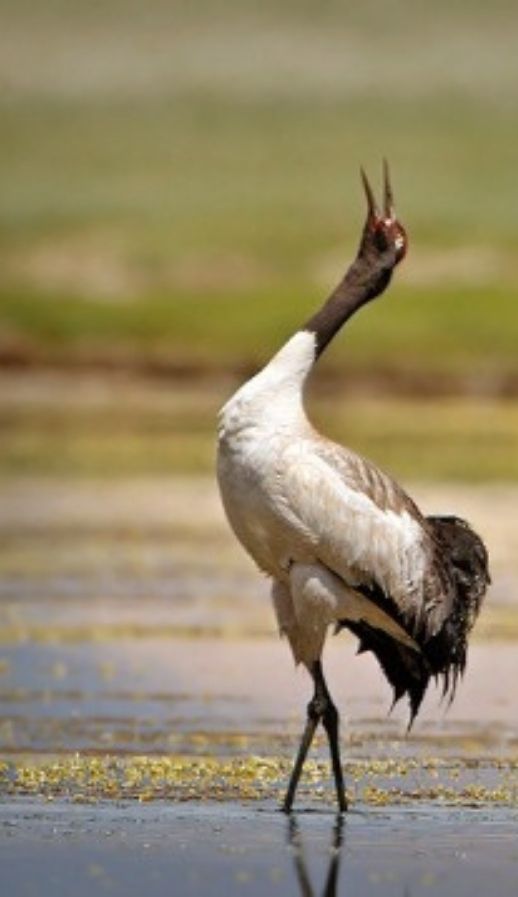
Ladakh
North India, the land of Ladakh, looks as though it was made for birdwatching and photography.

Gir National Park Gujarat
Sometimes it is not just the species spotted but also the amazing moments. Some of our guests had the unique opportunity to witness the mating of Asiatic Lions in the Gir Forest, truly a special moment.

Delhi
Surajpur is an amazing wetland close to the nation’s capital. Apart from being one of the monsoon homes for the Bristled Grassbird, it is also home to another sought-after species: the Bengal Bush Lark.

Rajasthan
One advantage of living near the birding hotspot of Bharatpur is that you can see some amazing birds, like the graceful Sarus Crane, in your backyard during this lockdown



